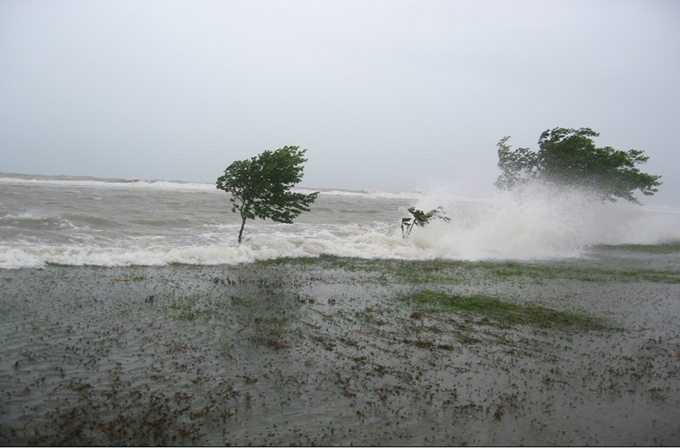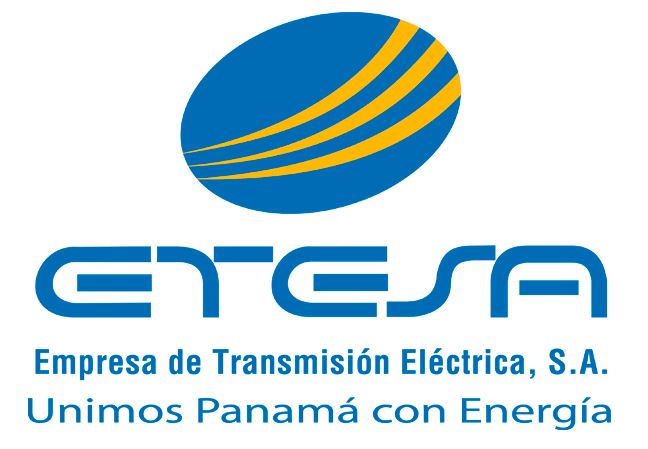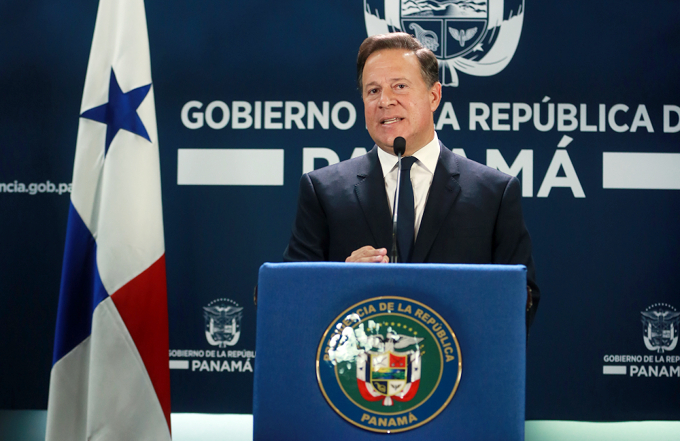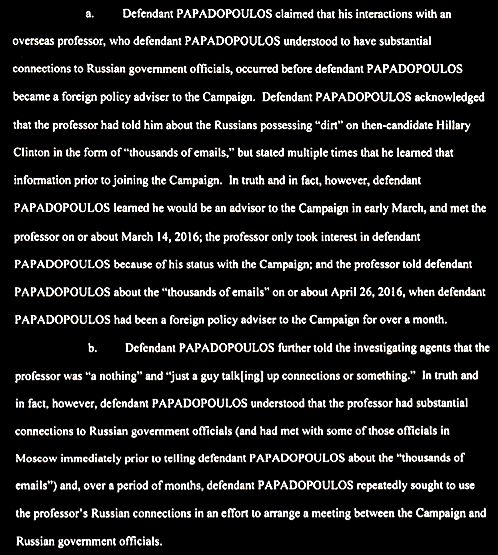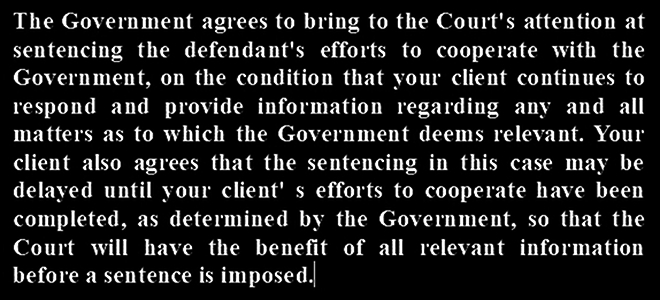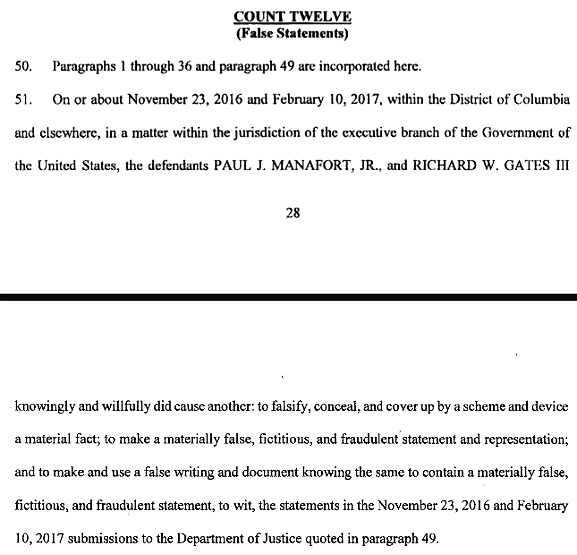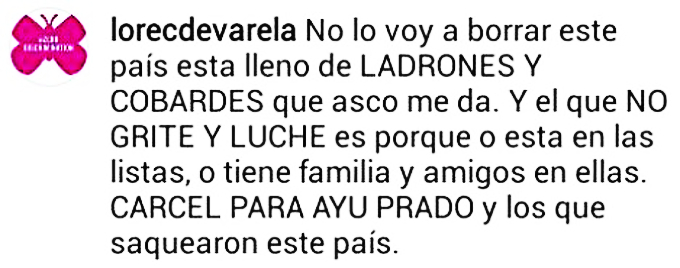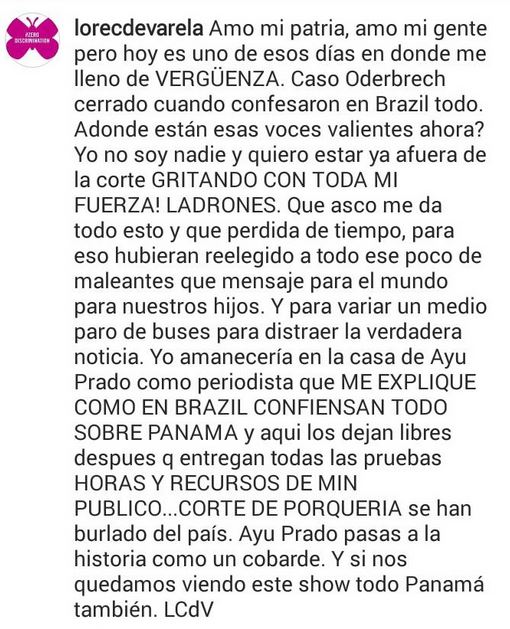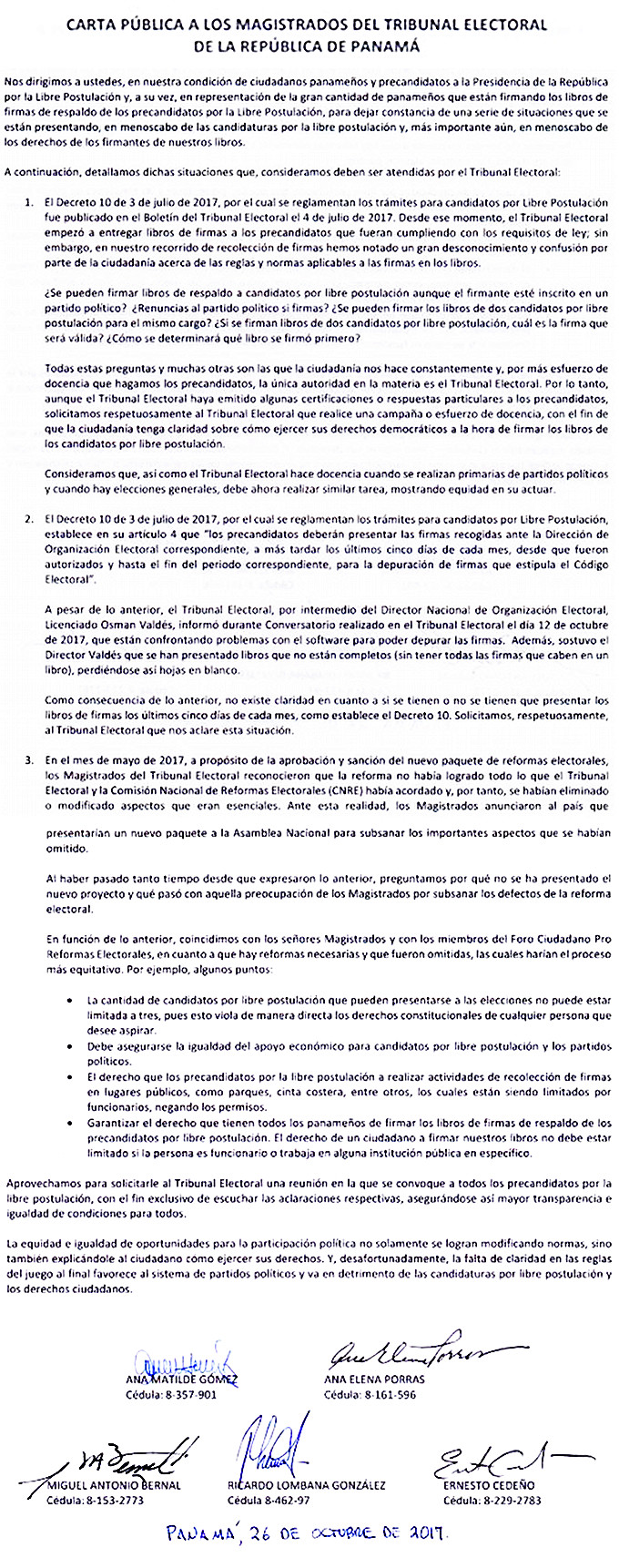
Tax cuts for the rich are threatening America’s sacred places
by Bernadette Demientieff — Gwich’in Nation / OtherWords
Right now in Washington, DC, Congress is making decisions that will affect my future and that of my people — the Gwich’in Nation of Alaska and Canada.
A critical part of our ancestral homelands, the coastal plain of the Arctic National Wildlife Refuge — one of the world’s last untouched places — could be lost to the thirst for oil.
Some in Congress want to open the area to drilling and use the revenue to offset tax cuts for the wealthy. Meanwhile, President Trump is quietly permitting companies to take the first steps towards drilling here.
The Arctic Refuge, home to wildlife and vast lands essential to my people’s survival, has been reduced to a line item.
I’m disturbed that the push to drill has been allowed to overshadow our human rights. The Gwich’in people have relied on the lands of the refuge for thousands of years. These lands provide everything we need to live and thrive — our food, our clothing, our tools, everything.
My people have always subsisted on the Porcupine Caribou Herd, whose calving grounds are in the coastal plain. This is why we call the coastal plain “the sacred place where life begins.”
This place is vital for the survival of my people. We are caribou people. Our elders say that what befalls the caribou befalls the Gwich’in. If they go, we go. Part of us will die with them, and the other half can’t survive without them.
Our identities as indigenous people are at stake, and decision makers at the highest levels must take that into account. My people, history, culture, and our future must factor into the decision making in Washington.
I’m also disturbed to hear politicians talking about “directional drilling” to justify opening this area as part of the budget. That is, they’re planning on placing drills just outside the boundaries of the refuge and drilling sideways to reach oil under this special place.
Directional drilling is billed as safe and clean technology. It’s not. There is no safe drilling.
Such drilling would allow massive oil infrastructure to squeeze the borders of the refuge, while drills could be sunk into the coastal plain, the heart of the refuge, in the name of exploration. That would disturb the caribou calving grounds and hinder the migration patterns of already declining herds.
And what hurts the caribou ultimately hurts my people.
The Gwich’in Nation has been fighting this fight since it first came up 40 years ago. That’s why every two years, the Gwich’in come together to reaffirm our commitment to protect the coastal plain of the refuge from drilling.
Last year, people came from the 15 villages that make up the Gwich’in Nation. We danced. We sang. We were well provided for, and I felt that our ancestors were sitting there with us. Now tribes across Alaska are coming together again against drilling.
We have a moral responsibility to protect this land for our children and grandchildren. This isn’t a game. Real lives are at stake — our lives — along with special places that are too sacred to drill.
Congress must take drilling in the Arctic National Wildlife Refuge off the table. It’s up to all of us to protect this sacred place for generations to come.
~ ~ ~
These announcements are interactive. Click on them for more information.




